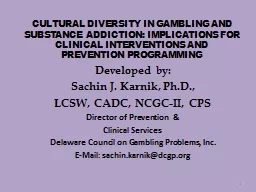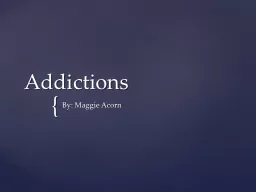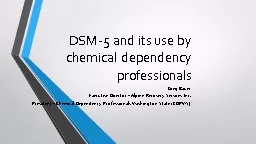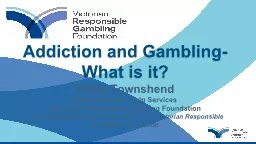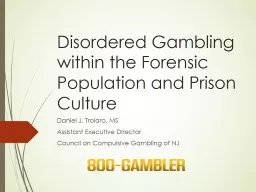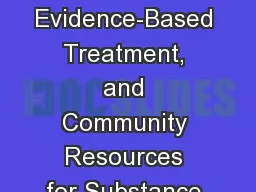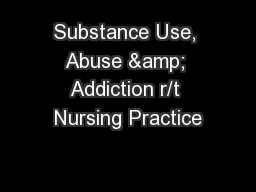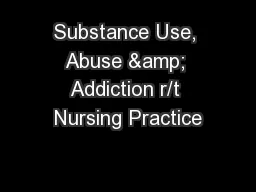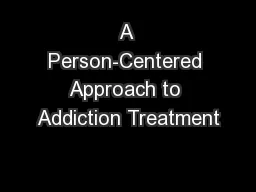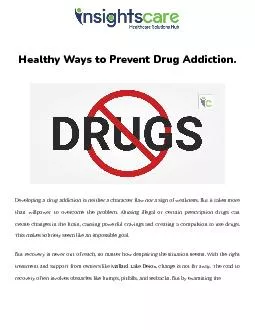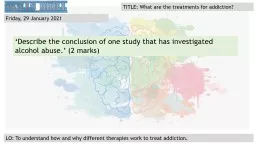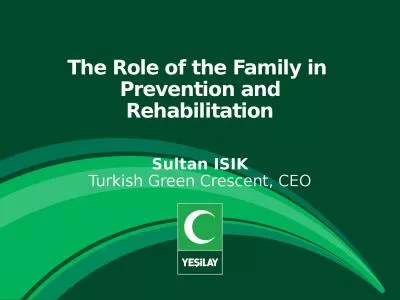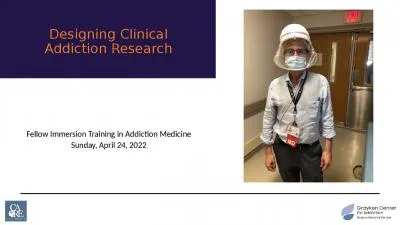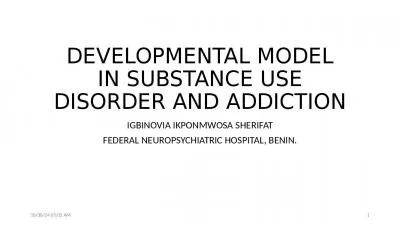PPT-CULTURAL DIVERSITY IN GAMBLING AND SUBSTANCE ADDICTION: IMP
Author : mitsue-stanley | Published Date : 2017-08-07
Developed by Sachin J Karnik PhD LCSW CADC NCGCII CPS Director of Prevention amp Clinical Services Delaware Council on Gambling Problems Inc EMail sachinkarnikdcgporg
Presentation Embed Code
Download Presentation
Download Presentation The PPT/PDF document "CULTURAL DIVERSITY IN GAMBLING AND SUBST..." is the property of its rightful owner. Permission is granted to download and print the materials on this website for personal, non-commercial use only, and to display it on your personal computer provided you do not modify the materials and that you retain all copyright notices contained in the materials. By downloading content from our website, you accept the terms of this agreement.
CULTURAL DIVERSITY IN GAMBLING AND SUBSTANCE ADDICTION: IMP: Transcript
Download Rules Of Document
"CULTURAL DIVERSITY IN GAMBLING AND SUBSTANCE ADDICTION: IMP"The content belongs to its owner. You may download and print it for personal use, without modification, and keep all copyright notices. By downloading, you agree to these terms.
Related Documents

